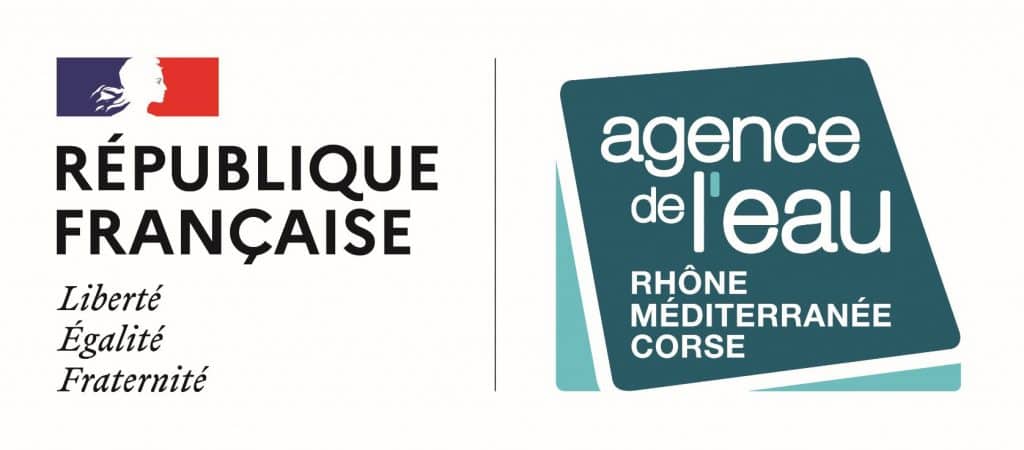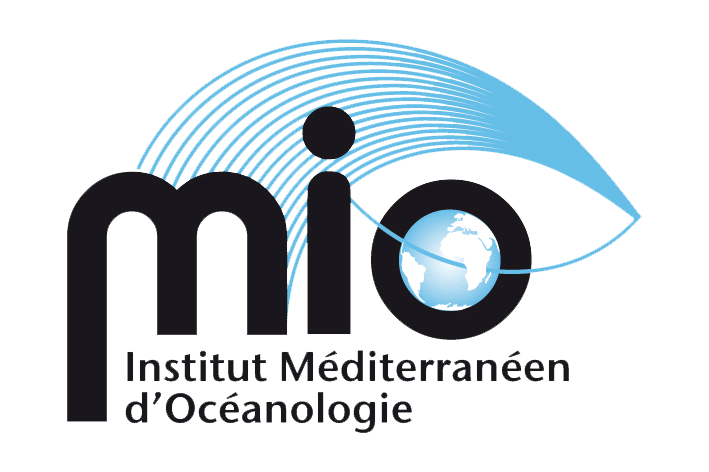MICROSURV
Observation of planktonic MICRObiota to detect and MONITOR the ecological impact of human activities
PI : Benjamin Misson
Although invisible to the naked eye, microbial plankton is abundant (over 100,000 individuals in a drop of water), highly diverse (thousands of species in a glass of water) and reacts very quickly to variations in its environment thanks to its rapid multiplication (in a few minutes to a few days). It therefore represents a highly accessible reservoir of adaptations (resistance genes, assembly of dominant species).
In a complex environment, subject to multiple natural and human influences, the microbial community adapts first and foremost to the disturbances that have the greatest impact on its growth and survival. Studying the adaptations of microbial plankton to their local environment is therefore one way of diagnosing the main disturbances to marine biodiversity.
The aim of the MICROSURV project is to assess the relevance of various microbial indicators in different port contexts. Establishing the hierarchy of the human pressures exerted on the marine environment in the port environment could ultimately help to provide port managers with expertise enabling them to prioritise their actions with a view to achieving good ecological status for the water in their port.
MICROSURV will focus on 3 characteristics of microbial plankton studied using innovative approaches:
- dominance relationships within phytoplankton, at the base of the food web, studied by analysing images acquired at very high frequency,
- associations of microorganisms with varied metabolisms, ensuring in particular the functioning of the microbial loop, thanks to the sequencing of DNA fragments enabling the identification of the species present,
- the repertoire of genes present or even enriched within the microbial community, in particular genes for resistance to toxic substances or for the degradation of chemical contaminants, thanks to the sequencing of all planktonic microbial genomes.
As part of the MICROSURV project, existing biological data will be used to identify the first potential microbial indicators. Once these bioindicators have been defined, a sampling campaign will be carried out from January 2025 to January 2026 to test and validate these bioindication tools in order to assess the limits of their accuracy.
During this campaign, surface water samples will be taken in various port areas in the Toulon region, each with contrasting levels and types of human influence. This approach will enable bioindication tools to be compared with the structural heterogeneity of port areas. In order to distinguish the influence of port activities from that of events not directly linked to port activities, this campaign will take into account seasonal and climatic variations (Mediterranean episodes, gales). By naturally renewing the body of water or causing the arrival of substances from the catchment area, these disturbances can lead to microbial responses that need to be differentiated from those linked to port activities. This sampling campaign will include physico-chemical analyses of the environment to provide a detailed environmental context, alongside biological analyses targeting various bioindicators.
On the basis of the results obtained, particularly with regard to the relevance of the microbial indicators studied and their spatiotemporal variability, proposals for the conditions for implementing the tools deployed for regular monitoring will be provided for different scenarios (long-term observation, search for or monitoring of pollution sources, hierarchy of pollution sources in a multi-contaminated site).
Photo gallery
Financed by: Agence de l'eau Rhône Méditerranée Corse





